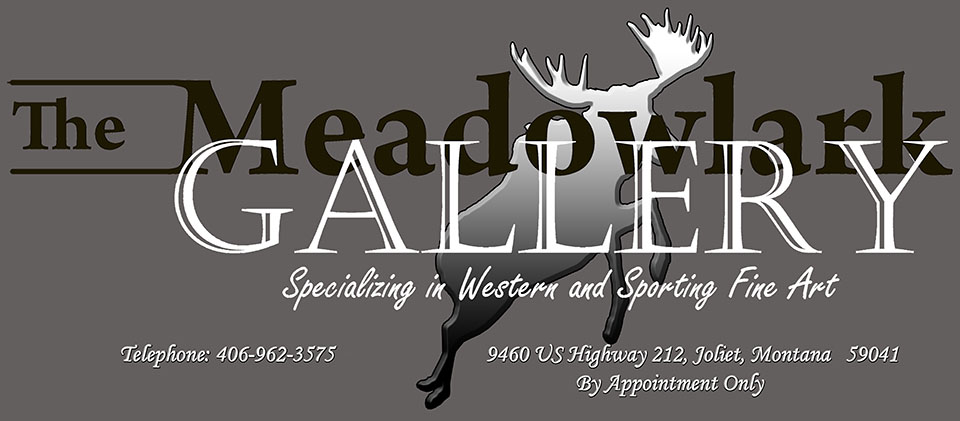|
|
||
|
Albert
Bierstadt (1830-1902) |
||
| Albert Bierstadt was born in Solingen, Germany in 1830 and died in New York City in 1902. He was brought to New Bedford, Massachusetts when he was the age of two years old. At the age of twenty, he was exhibiting crayon landscapes and teaching. In 1854, he returned to Dusseldorf to study landscape painting with A. Achenbach and Lessing. An average student, he improved his technique on field trips along the Rhine, in the Alps, and in Italy with Whittredge, S. R. Gifford, and Haseltine. When he came back to New Bedford in 1857, he painted in his familiar White Mountains as a step in his desire to portray the American landscape. In 1859, he was invited to join General Lander's expedition to survey a wagon route to the Pacific. The party was in the South Fork of Wyoming by June of the same year. Bierstadt spent the summer sketching in the Wind River range and the Shoshone Indian country. When Lander's party was west of the Rockies in the Wasatch range, Bierstadt left for Fort Laramie in the company of only two other men. In 1860, he exhibited the first of his panoramic paintings from the Rocky Mountain sketches. His second trip West had been in 1863, when he reached the Pacific. In 1872 and 1873 he lived on the Pacific coast. By 1882 his fortunes began their decline. The American Committee for the 1889 Paris Expos rejected "Last of the Buffalo" as not in keeping with current American painting. In 1893 his "Landing of Columbus" was refused for the World's Columbian Expos. | ||
|
View high resolution images of works by Albert
Bierstadt when available. |
||
Have questions about these images? E-mail Meadowlark Gallery!!Home Page / Biography Library / Bronze / Collectibles / Etchings / Paintings / Pen and Ink / Graphite / Working Decoys Gallery Credentials / Firearms / Triangle Z Ranch Furniture / Customer Percs |
||
